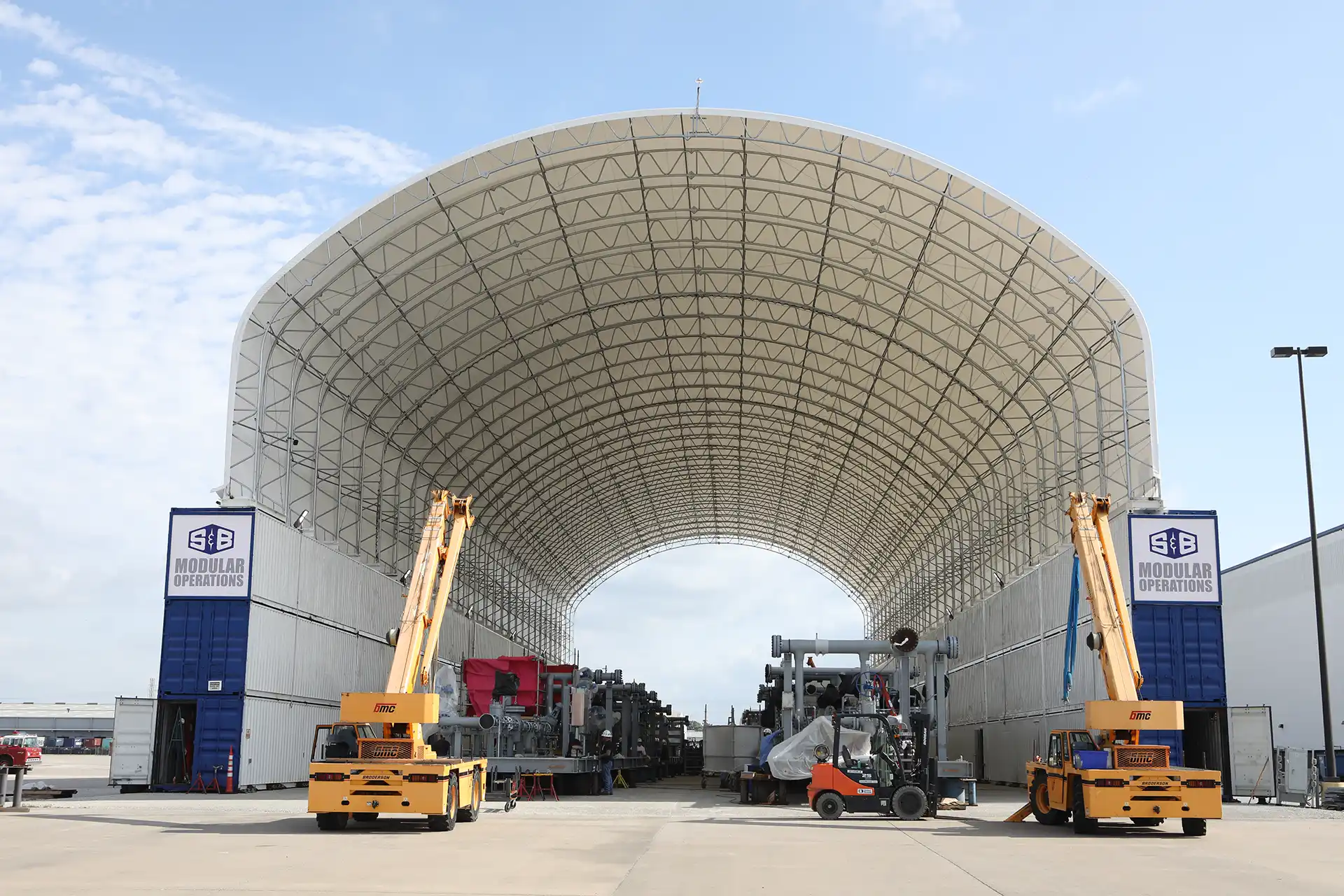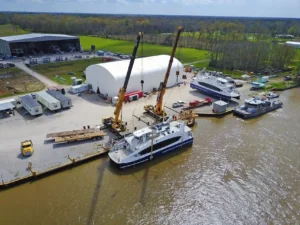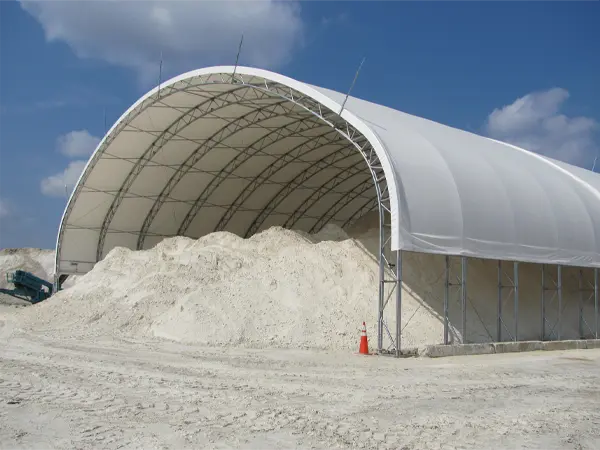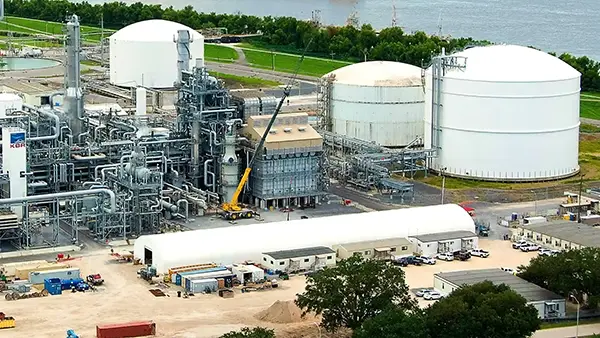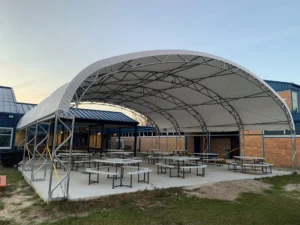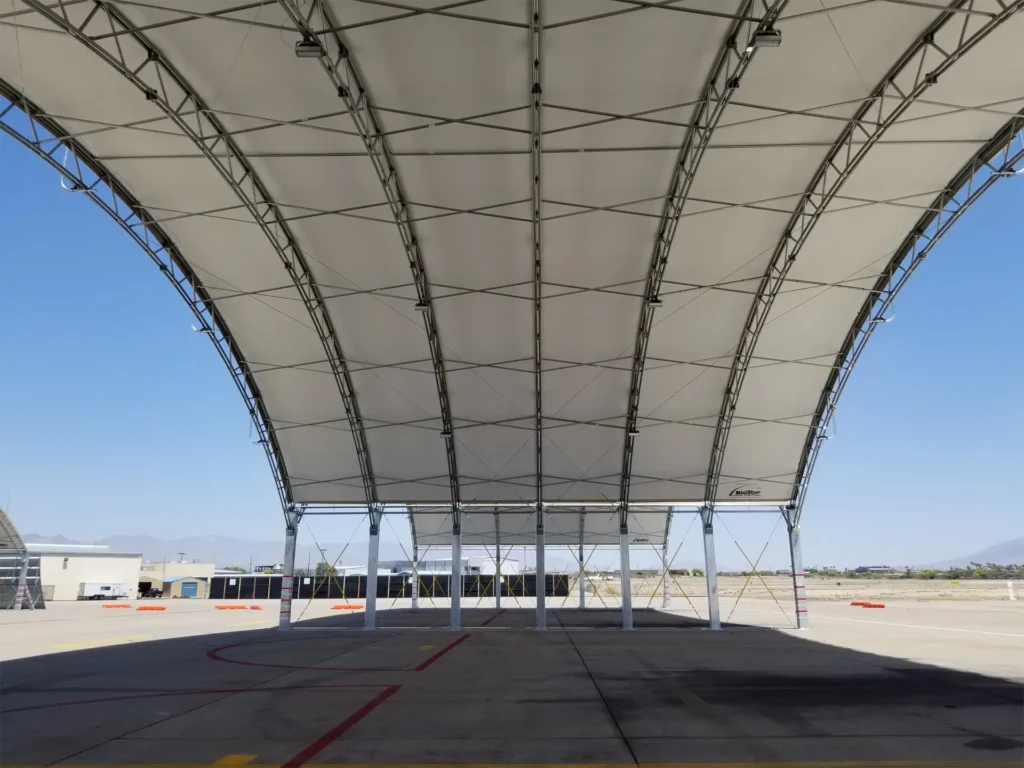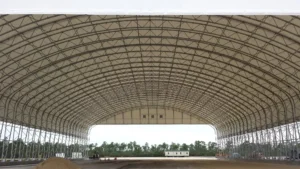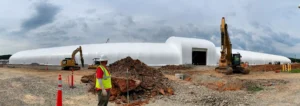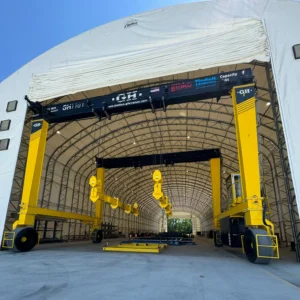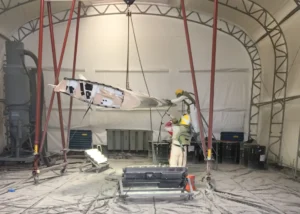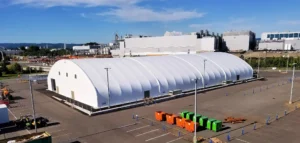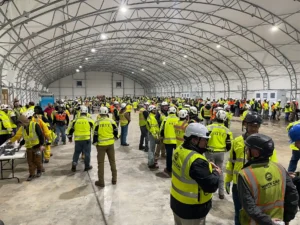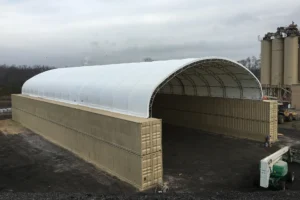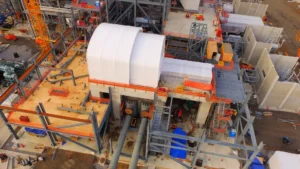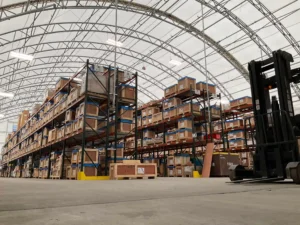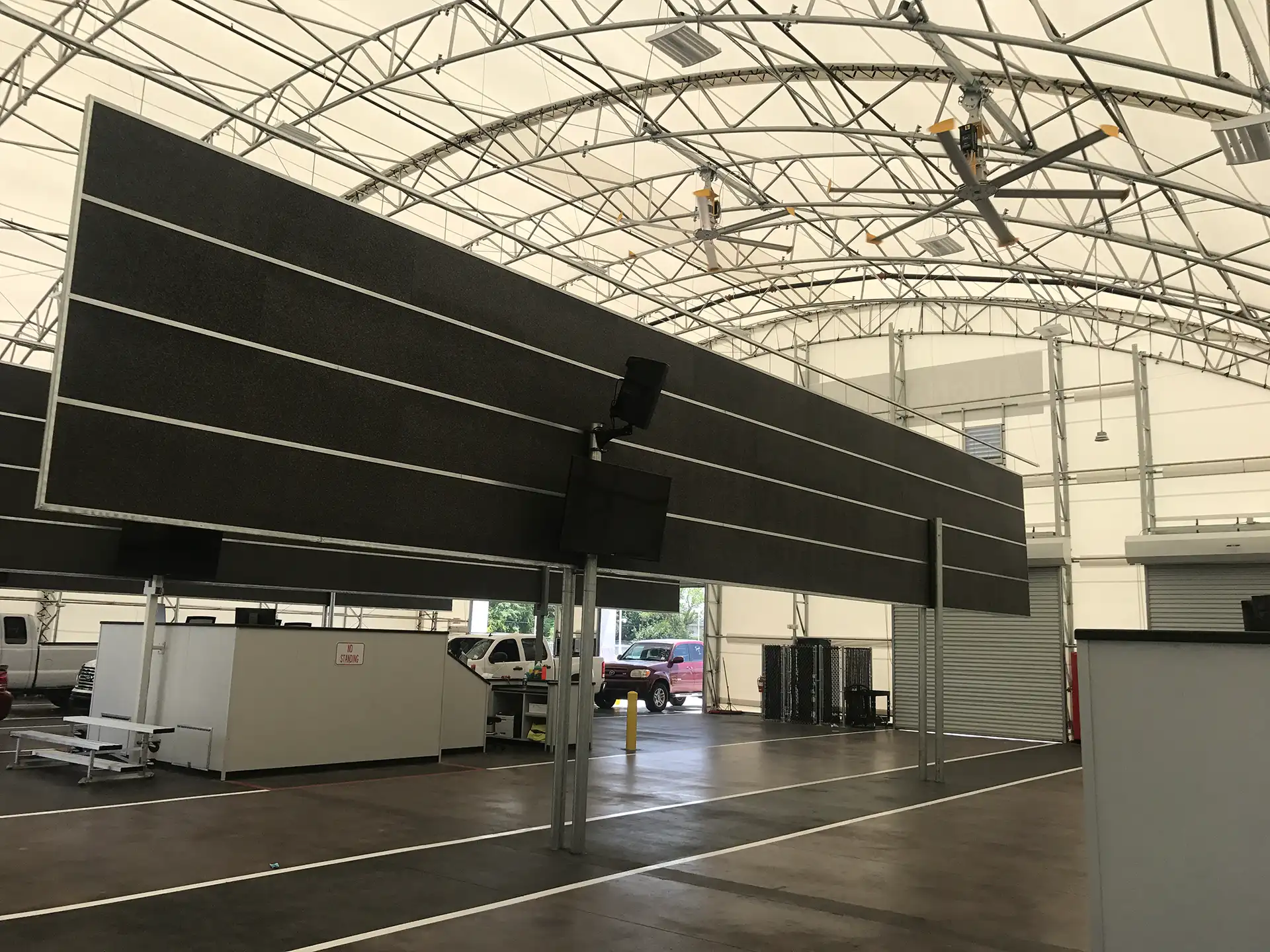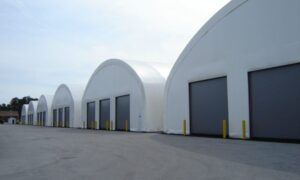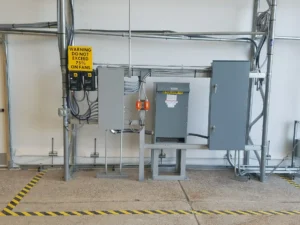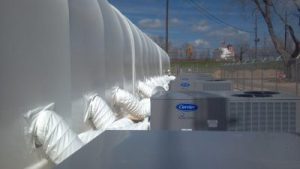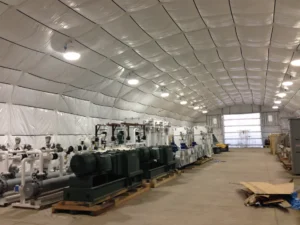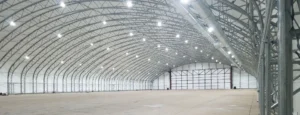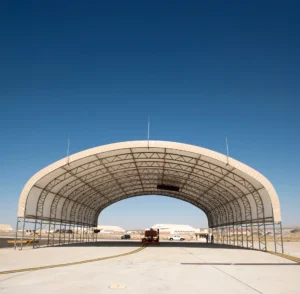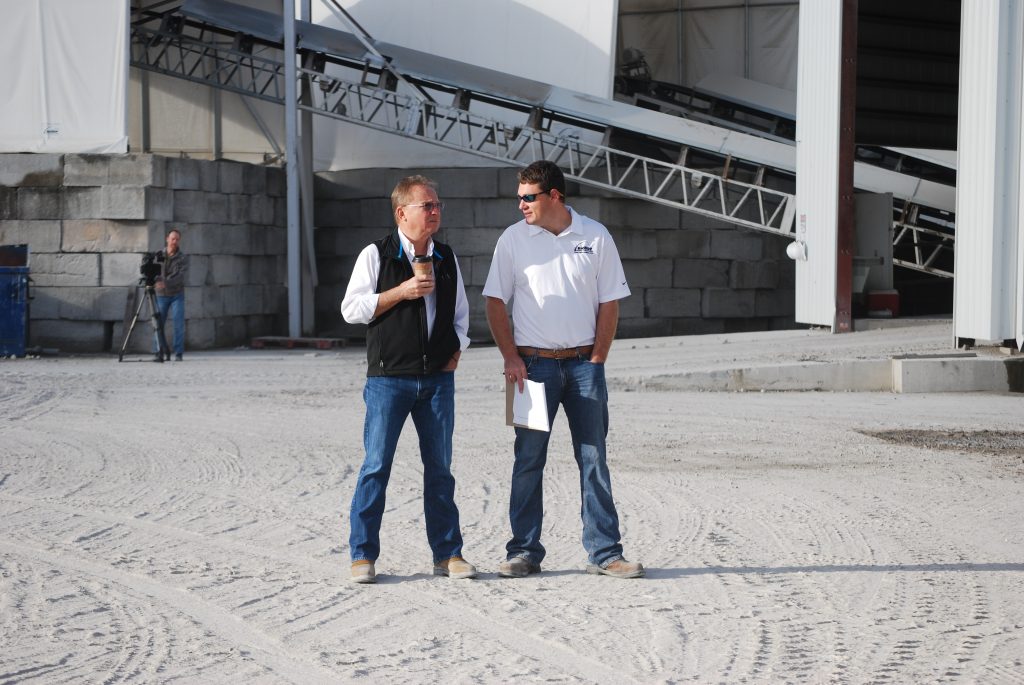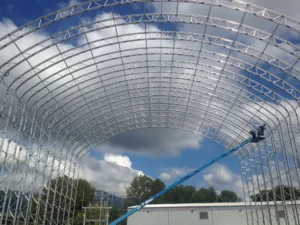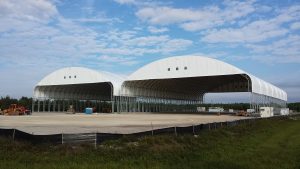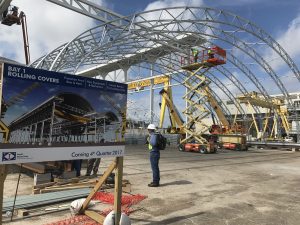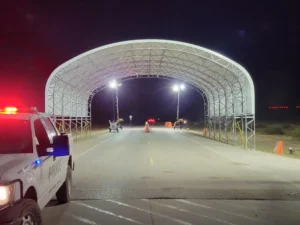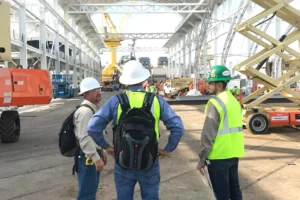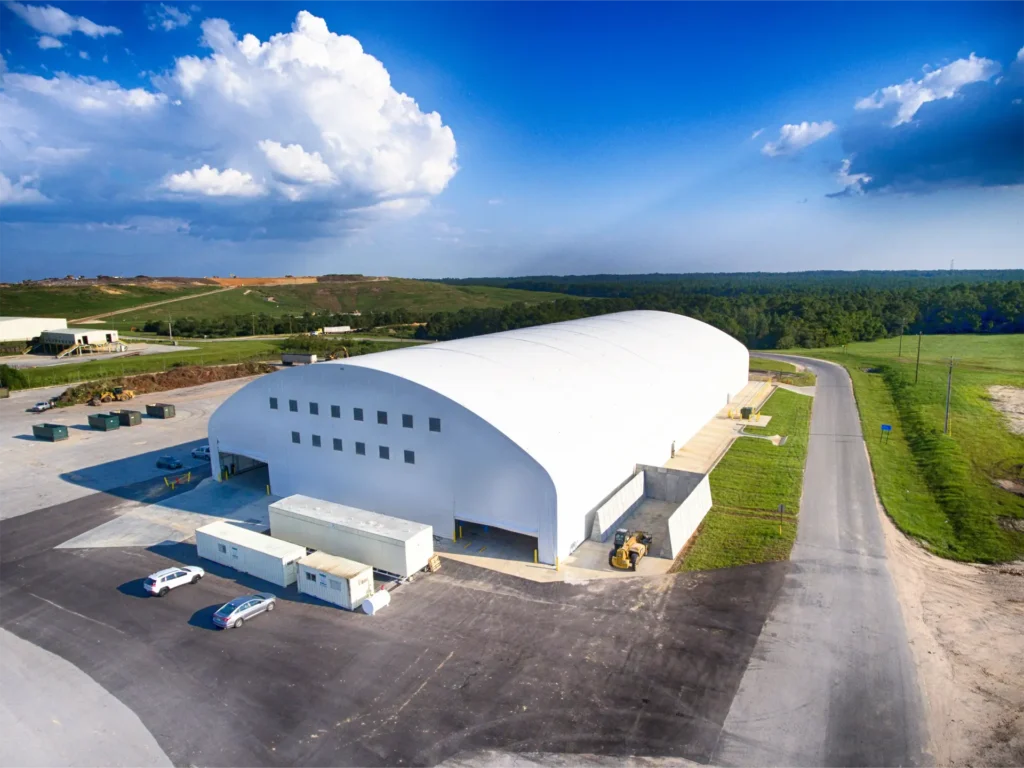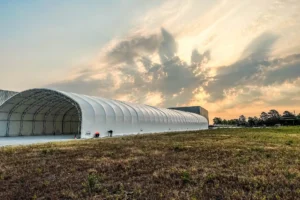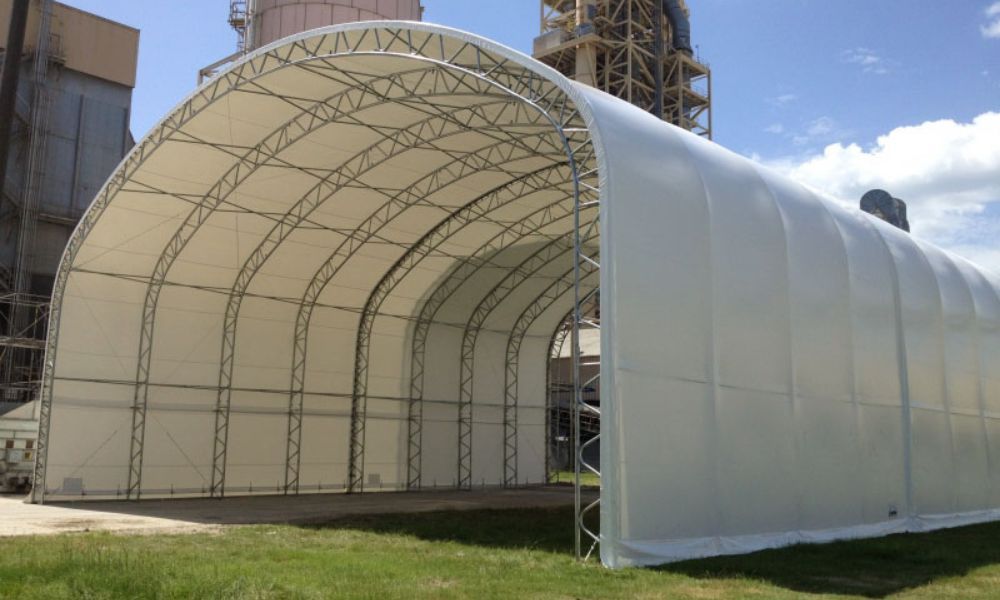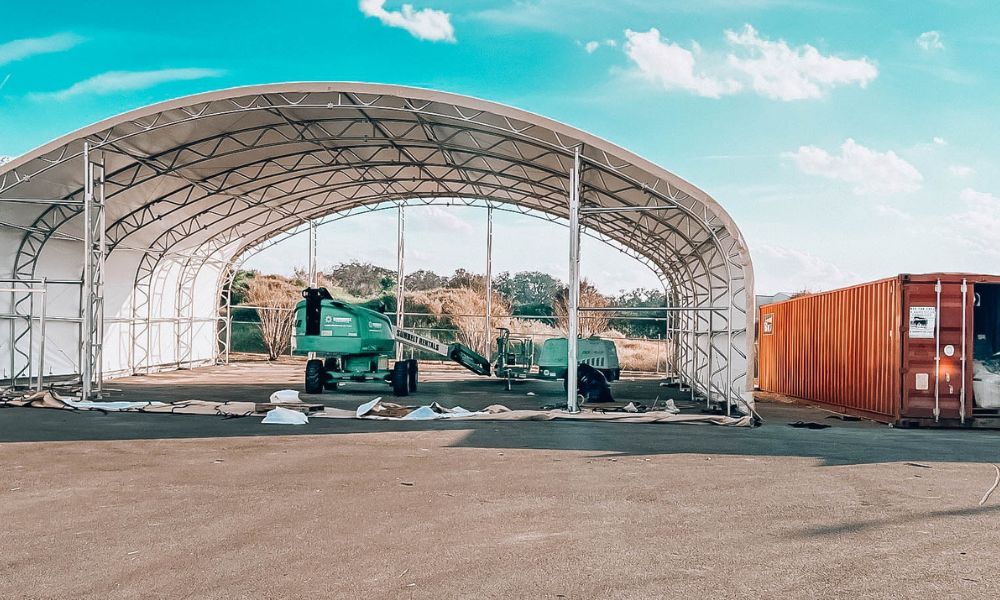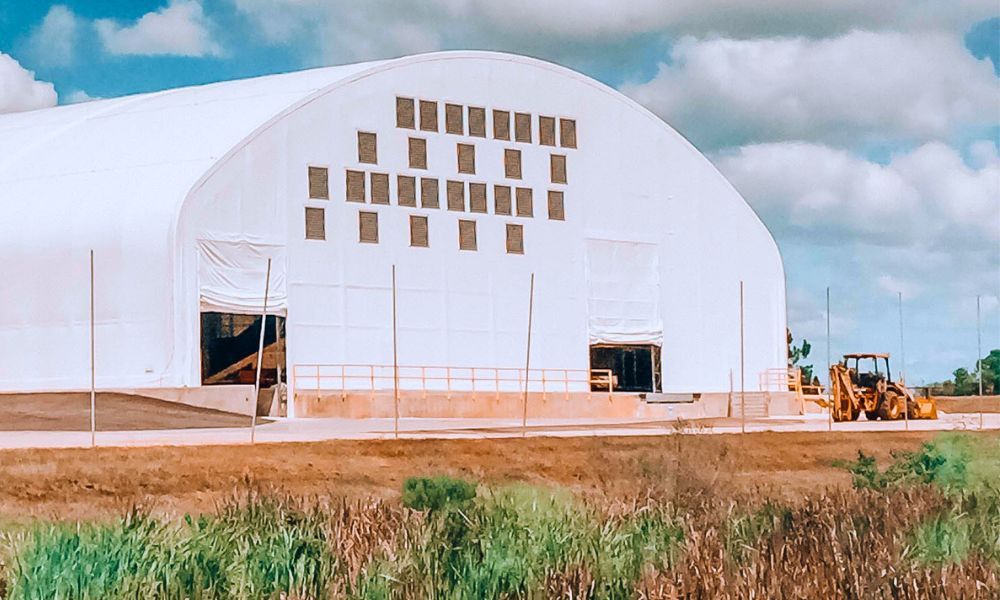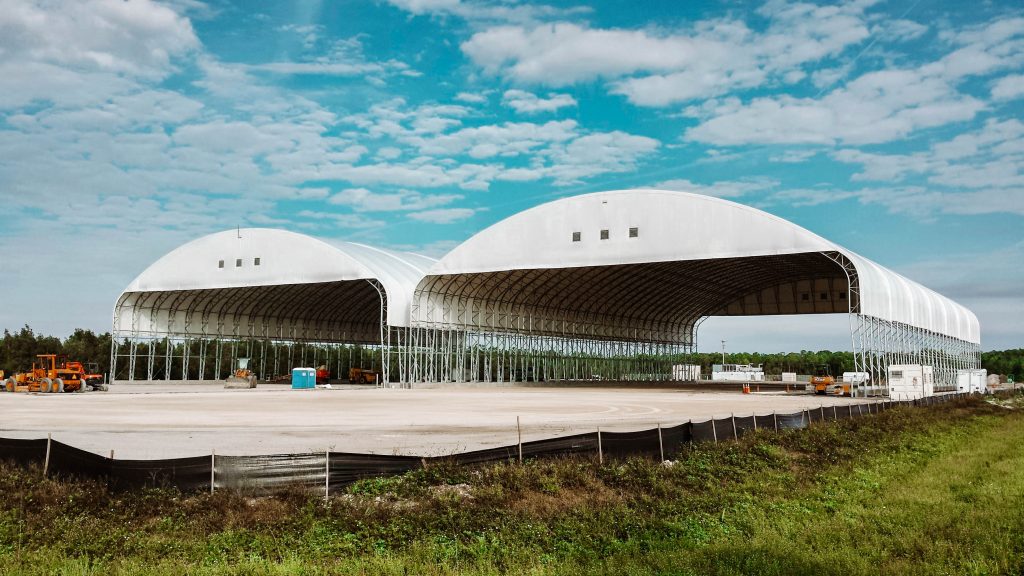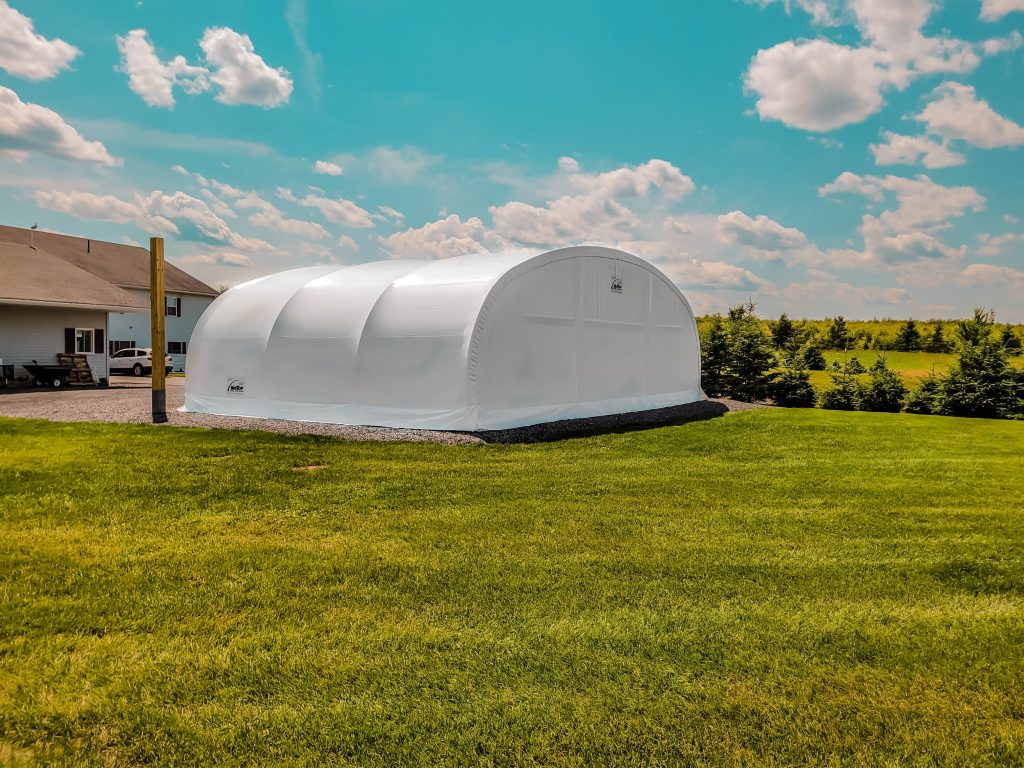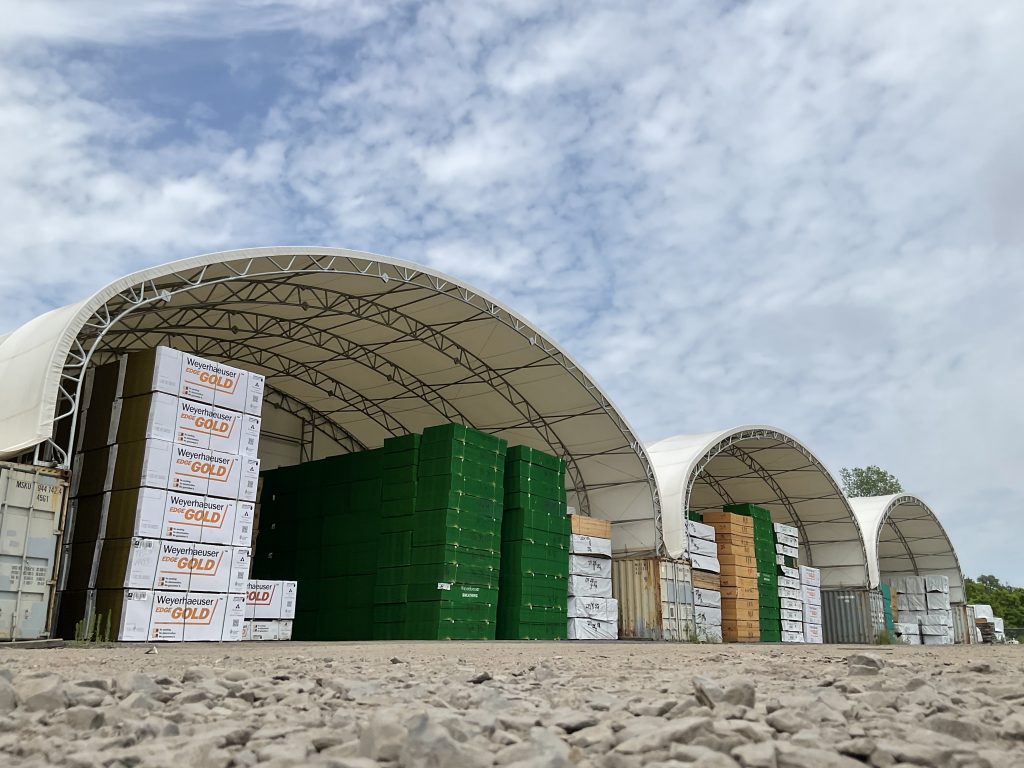Temporary fabric buildings have become increasingly popular for various purposes, from storage solutions to event venues. But are permits required for temporary fabric buildings? Knowing the answer to this question is crucial for anyone considering installing such a structure on their property.
The need for a permit depends on several factors, including local regulations, the size of the structure, and its intended use. In many jurisdictions, permits are required for temporary fabric buildings, especially if they exceed certain size thresholds or will be in place for an extended period. Read on to learn more about each of these factors.
Local Building Codes
Local building codes play a significant role in determining whether permits are necessary for temporary fabric buildings. These codes vary widely from one area to another, so it’s essential to check with your local building department or zoning office. Some municipalities have specific regulations for temporary structures, while others may treat them similarly to permanent buildings.
Size Considerations
The size of the temporary fabric building often influences permit requirements. Smaller fabric structures, such as those used for personal storage or small events, may be exempt from permit requirements in some areas. However, larger buildings typically require permits to ensure they meet safety standards and do not pose risks to occupants or neighboring properties.
Duration of Use
The timeframe a temporary fabric building will be in place can also affect permit requirements. Structures intended for short-term use, such as those for special events lasting a few days, may not need permits in some jurisdictions. However, buildings that remain in place for months or years are more likely to require proper permitting.
So, are permits required for temporary fabric buildings? While the answer can vary, it’s always best check with local authorities for verification before proceeding with installation. This approach ensures compliance with regulations and helps avoid potential legal issues or fines.
Obtaining the required permits for temporary fabric buildings is not just a legal obligation; it also provides peace of mind. Properly permitted structures are more likely to meet safety standards, protecting both the occupants and the property owner. Additionally, having the necessary permits can simplify insurance claims if any issues arise during the structure’s use. Big Top’s
